Astronomy
-
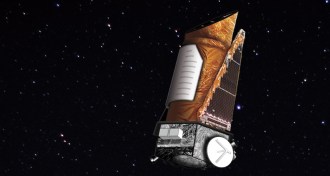 Astronomy
AstronomyYear in Review: Death of a planet hunter
The Kepler space telescope finishes a brilliant career.
By Andrew Grant -
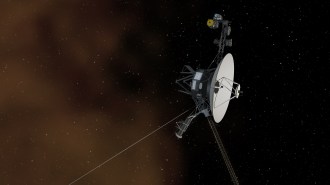 Astronomy
AstronomyYear in Review: Voyager 1 reaches interstellar space
The planetary probe is the first human-made object to break out of the heliosphere.
By Andrew Grant -
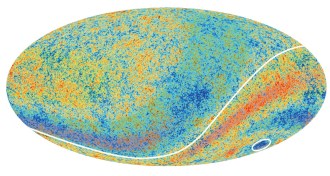 Cosmology
CosmologyYear in Review: Planck refines cosmic history
The satellite data hint at a slower expansion rate for universe.
By Andrew Grant -
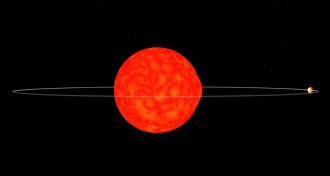 Astronomy
AstronomyExoplanet dangerously close to demise
Kepler-91b could be on the brink of death — at least on astronomical time scales.
-
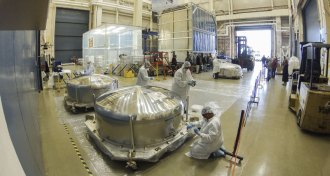 Planetary Science
Planetary ScienceExoplanet mass revealed in light
A new method could help identify habitable planets.
By Andrew Grant -
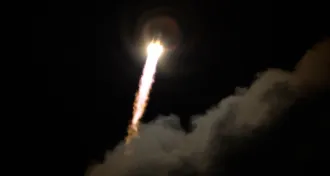 Astronomy
AstronomyGaia spacecraft launches to map Milky Way
The ESA spacecraft blasted off from Europe’s Spaceport in Kourou, French Guiana, at 4:12 am EST.
-
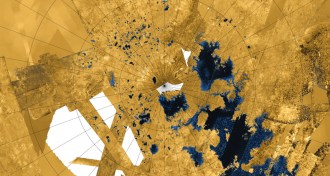 Planetary Science
Planetary ScienceSinkholes, tectonics may have shaped Titan’s lakes and seas
A map of Saturn’s largest moon reveals clues about the object's landscape.
By Meghan Rosen -
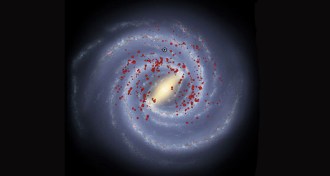 Astronomy
AstronomyMilky Way may indeed have four spiral arms
In 2008, the galaxy lost two of its spiral arms. But it may be getting them back.
-
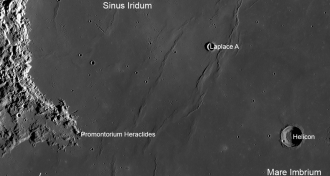 Astronomy
AstronomyChina’s Chang’e-3 craft lands on the moon
The unmanned Chang’e-3 lunar lander and Yutu rover have made it to the moon's surface.
-
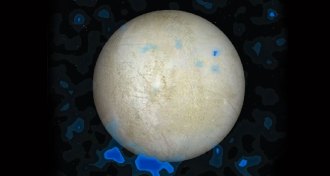 Planetary Science
Planetary ScienceEuropa vents water, Hubble data suggest
Plumes from ice-covered oceans would increase likelihood of life-friendly conditions on one moon of Jupiter.
By Andrew Grant -
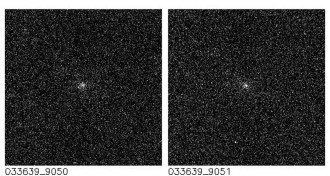 Astronomy
AstronomyComet ISON was punier than previously thought
The ice ball was probably no wider than New York’s Central Park.
-
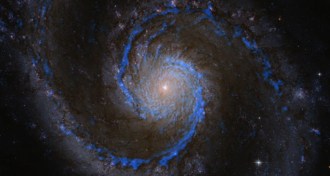 Astronomy
AstronomyGalaxy’s cloud catalog reveals hydrogen fog
Fifty percent of the molecular hydrogen exists in a gas layer that spreads throughout the Whirlpool galaxy and envelopes the giant clouds where stars form.